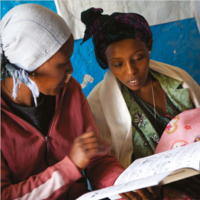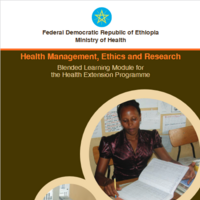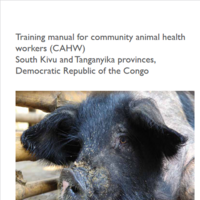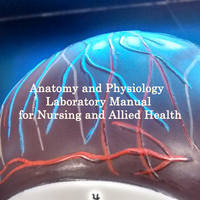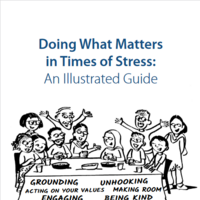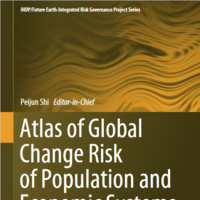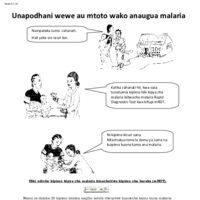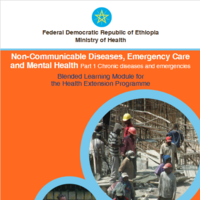Search
Books+
Searching 1,730 books
Search related to the career Occupational Health Nurse
Assessment of Workplace Risks by an Occupational Health Nurse
1. Hazard Identification:
The occupational health nurse begins by identifying potential hazards in the workplace. This involves examining the work environment, processes, and tasks performed by employees. Hazard identification may include physical, chemical, biological, ergonomic, and psychosocial hazards.
2. Risk Evaluation:
Once hazards are identified, the nurse assesses the level of risk associated with each hazard. This evaluation considers the likelihood and severity of potential harm to employees. The nurse may use various tools such as risk matrices or risk assessment forms to quantify and prioritize risks.
3. Exposure Assessment:
The occupational health nurse assesses the extent and duration of employee exposure to identified hazards. This involves evaluating factors such as frequency, intensity, and duration of exposure. The nurse may collect data through direct observation, employee interviews, or reviewing workplace records.
4. Health Surveillance:
Health surveillance involves monitoring the health status of employees to detect any adverse effects resulting from workplace exposures. The nurse may conduct medical examinations, health questionnaires, or biological monitoring to identify early signs of occupational illnesses or injuries.
5. Control Measures:
Based on the assessment findings, the nurse recommends control measures to mitigate or eliminate workplace risks. These measures may include engineering controls, administrative controls, or personal protective equipment (PPE). The nurse collaborates with employers and employees to implement and monitor the effectiveness of these controls.
6. Education and Training:
The occupational health nurse plays a crucial role in educating and training employees about workplace risks and preventive measures. This includes providing information on safe work practices, proper use of PPE, and raising awareness about potential hazards. The nurse may also conduct training sessions or workshops to enhance employees' knowledge and skills.
7. Documentation and Reporting:
To ensure compliance with regulations and standards, the nurse maintains accurate records of workplace risk assessments, control measures, and health surveillance findings. Documentation helps in tracking trends, evaluating the effectiveness of interventions, and providing necessary information for regulatory reporting.
8. Continuous Monitoring and Improvement:
Occupational health nurses continuously monitor the workplace for changes in hazards, work processes, or employee health. They participate in regular reviews and audits to identify areas for improvement and update risk assessments accordingly. This ongoing monitoring and improvement process ensures the maintenance of a safe and healthy work environment.
Please note that this response is a general overview and may not encompass all the specific details and variations involved in assessing workplace risks as an occupational health nurse.
Source: Various AI tools
Vocational skills
Searched in English.
